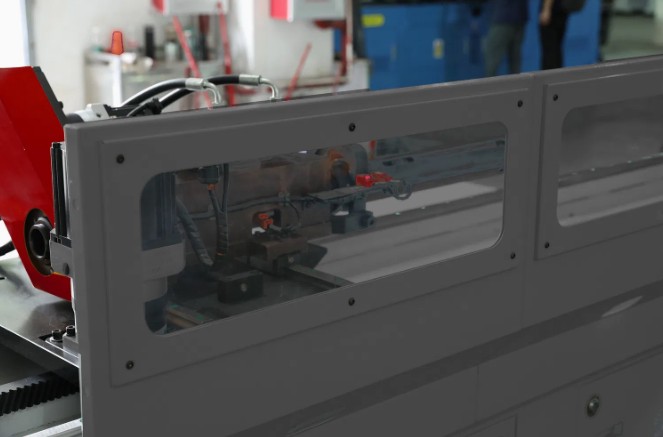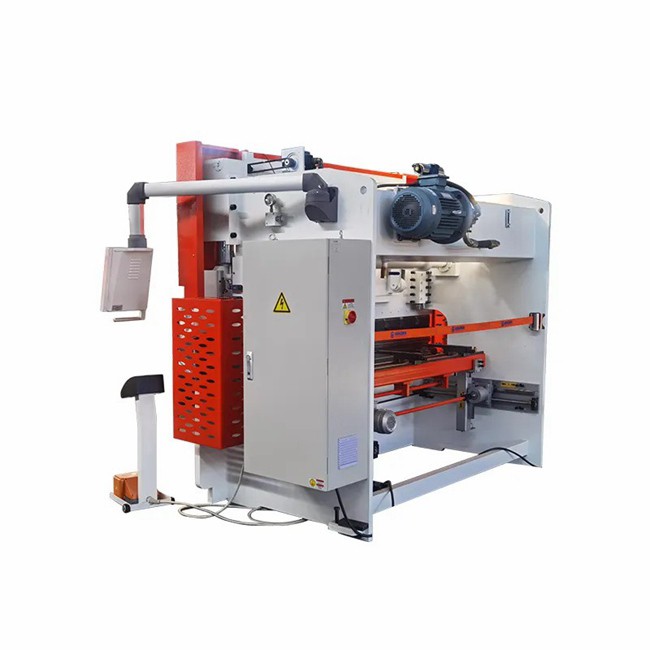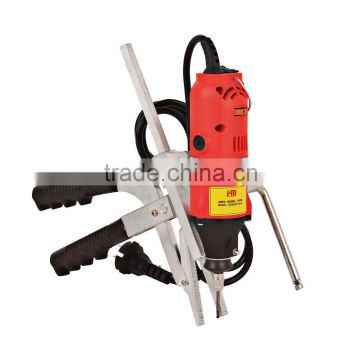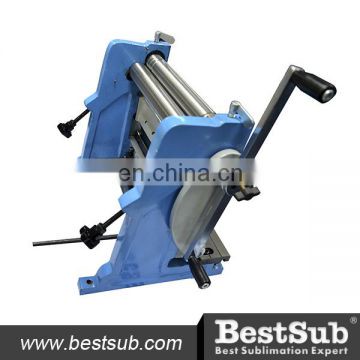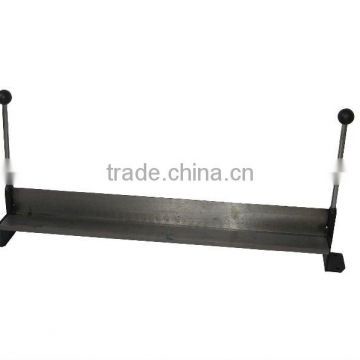Welcome!


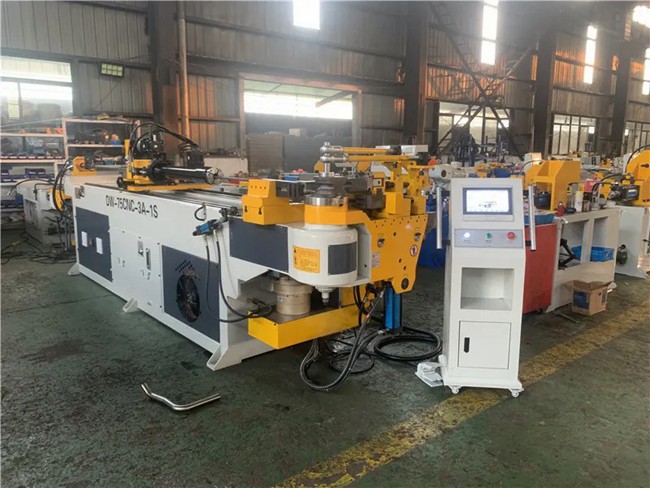

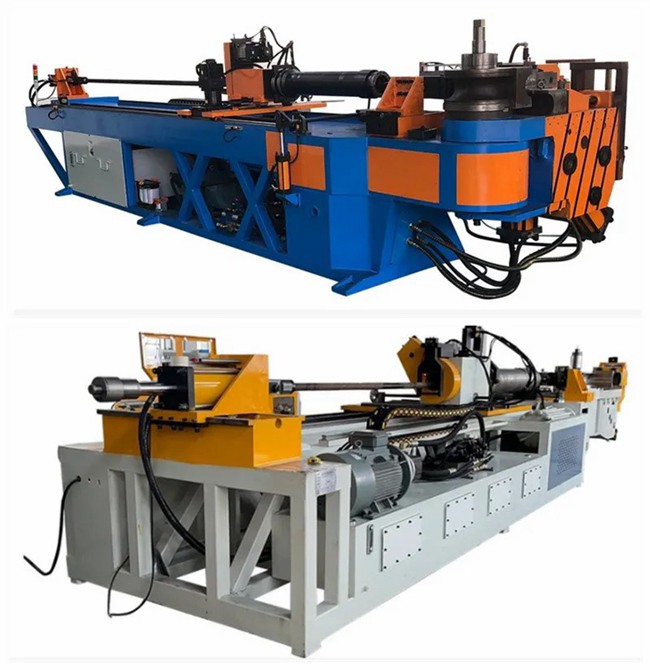
The factory supplies automatic metal round pipe bending machines
Basic Info
| Applicable Material | Carbon Steel | Applicable Shape | Round | HS Code | 8456901000 |
|---|---|---|---|---|---|
| Origin | Nanjing, China | Production Capacity | 100 | Specification | 5200x2100x1560mm |
| Transport Package | Wooden Case | Warranty | 3 Years | ||
Product Description
Metal bending machines are pivotal tools in modern manufacturing, enabling the transformation of flat sheets, tubes, and structural profiles into precise and functional components. From automotive frames to architectural elements, these machines are the backbone of industries that rely on custom metal parts. This article explores the types, mechanisms, applications, and innovations of metal bending machines, shedding light on their critical role in industrial production.

What is a Metal Bending Machine?
A metal bending machine is a device designed to deform metal workpieces into specific shapes by applying controlled force. The process involves clamping the material between tools (e.g., punches, dies, or rollers) and bending it to achieve desired angles, curves, or geometries. These machines range from simple manual tools to advanced CNC-operated systems, catering to diverse fabrication needs.

Types of Metal Bending Machines
Press Brakes:
Manual/Hydraulic Press Brakes: Use hydraulic cylinders or manual force to bend sheet metal with a punch and die. Ideal for small workshops or low-volume production.
CNC Press Brakes: Computer-controlled machines that automate bending sequences for high precision and repeatability. Common in large-scale manufacturing.
Tube and Pipe Benders:
Specialized for cylindrical materials, these machines rotate and bend tubes/pipes using mandrels to prevent deformation. Used in automotive exhausts, handrails, and plumbing systems.
Roll Bending Machines:
Equipped with three or four rollers, these machines gradually curve metal sheets or beams into arcs, cylinders, or conical shapes. Ideal for producing tanks, silos, and curved architectural panels.
Panel Benders:
Automate the bending of thin metal sheets into enclosures, cabinets, or electronic housings. Suitable for high-speed and repetitive tasks.
Angle Benders:
Designed to bend metal strips or bars into angles (e.g., L-shapes or U-channels) for structural frameworks.

Key Components and Working Principles
Frame: A robust structure (typically steel) that withstands bending forces.
Bending Tools: Punches, dies, and rollers tailored to material type and thickness.
Drive System:
Hydraulic: Provide high force for thick materials.
Electric Servo: Offer energy efficiency and precision for thin sheets.
Mechanical: Found in older machines, using flywheels and clutches.
Control System:
Manual levers or CNC interfaces for programming bend angles, depth, and speed.
Back Gauge: Accurately position the workpiece using motorized guides.
Bending Process:
The operator selects the appropriate tooling and inputs parameters (e.g., bend angle, radius).
The workpiece is clamped in place.
Force is applied via the punch, die, or rollers to deform the metal.
Sensors or manual checks ensure that the bend meets specifications.

Advantages of Metal Bending Machines
Precision: Achieve tight tolerances (e.g., ±0.1 mm) for complex geometries.
Versatility: Handle materials like steel, aluminum, copper, and titanium with thicknesses ranging from foil to 50 mm.
Efficiency: Reduce labor costs and production time compared to manual methods.
Scalability: Suitable for prototyping, custom jobs, and mass production.
Durability: Produce strong and seamless bends without weakening the material.
Applications Across Industries
Metal bending machines are indispensable in creating components such as:
Automotive: Chassis parts, brackets, and exhaust systems.
Construction: Steel beams, roofing panels, and staircases.
Aerospace: Lightweight structural frames and engine components.
Consumer Goods: Appliances, furniture, and electronics casings.
Energy: Wind turbine towers, pipeline fittings, and solar racking.
Technological Innovations
Modern metal bending machines integrate advanced technologies to enhance performance:
CNC Automation: Enable multi-axis control, real-time adjustments, and error correction.
3D Simulation Software: Preview bends digitally to avoid material waste.
IoT and Predictive Maintenance: Sensors monitor machine health, predicting tool wear or failures.
Hybrid Machines: Combine bending with cutting, punching, or welding for streamlined workflows.
Energy-Efficient Designs: Electric and hybrid drives reduce power consumption by up to 30%.
Challenges and Considerations
Material Springback: Metals like stainless steel may partially return to their original shape post-bending, requiring overbending compensation.
Tooling Costs: Custom dies and punches can be expensive for niche applications.
Operator Skill: Even CNC machines require skilled technicians for setup and troubleshooting.
Future Trends
The evolution of metal bending machines focuses on:
AI-Driven Optimization: Machine learning algorithms refine bending parameters for minimal trial and error.
Robotic Integration: Collaborative robots (cobots) assist in loading/unloading workpieces.
Sustainable Practices: Recycle scrap metal and use energy-efficient systems.
Additive Manufacturing Hybrids: Combine 3D printing with bending for hybrid components.

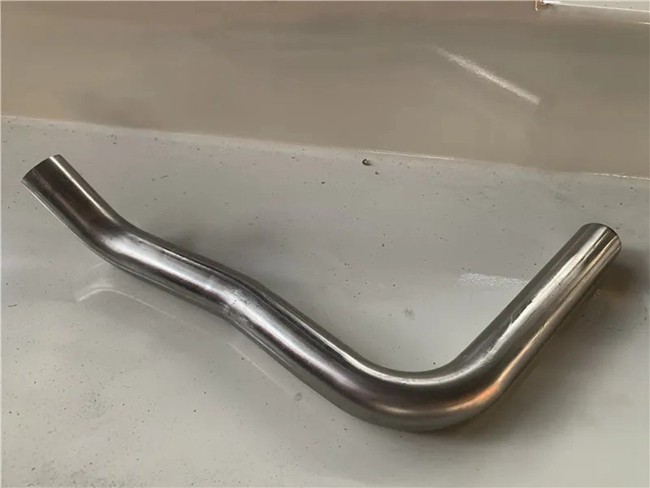
About Us
Ma'anshan Guoao Heavy Industry Machinery Manufacturing Co., Ltd. is a comprehensive enterprise integrating enterprise management, market sales, and production. Its sales and service outlets are all over China and all over the world. Company metal sheet processing machinery: Hydraulic shear plate machine, hydraulic bending machine, press machine (press), hydraulic angle iron roll circle machine, three roll plate machine, electric shear plate machine, foot scissors board machine, shearing machine bending machine accessories, cutting plate machine blade, bending machine die and so on.
Recommended Products
Recently Viewed
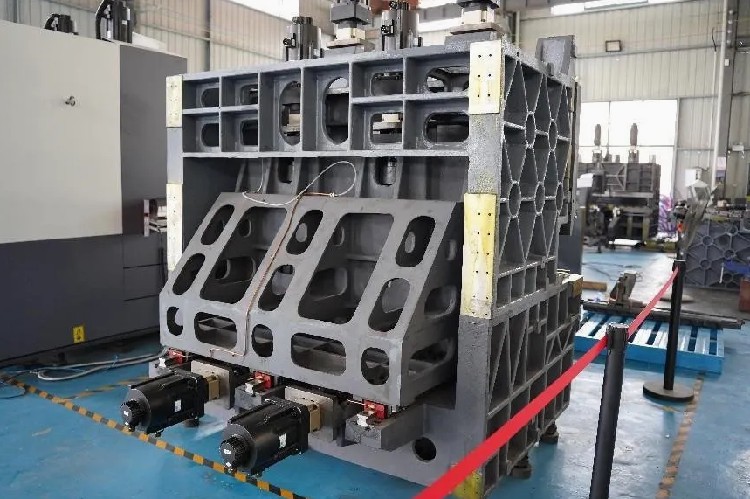 CNC Bending Machines: Transforming Metal Fabrication with Smart Technology
CNC Bending Machines: Transforming Metal Fabrication with Smart Technology CNC Bending Machines: Precision and Efficiency in Metal Fabrication
CNC Bending Machines: Precision and Efficiency in Metal Fabrication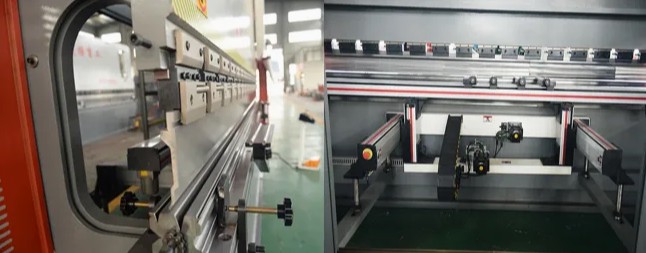 CNC Bending Machines: Precision Metal Shaping for Modern Manufacturing
CNC Bending Machines: Precision Metal Shaping for Modern Manufacturing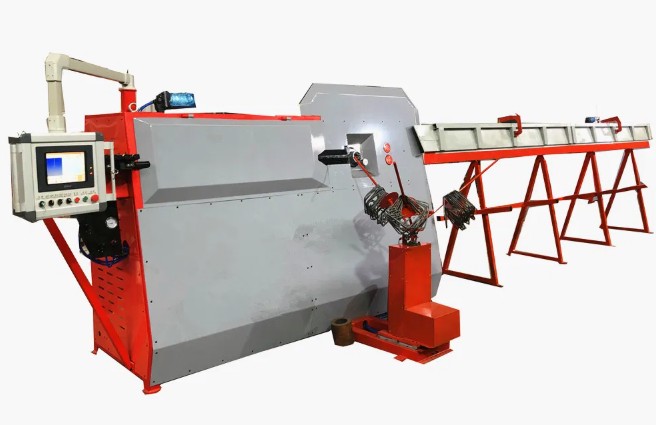 Precision Unlocked: Your Complete Guide to CNC Bending Machines
Precision Unlocked: Your Complete Guide to CNC Bending Machines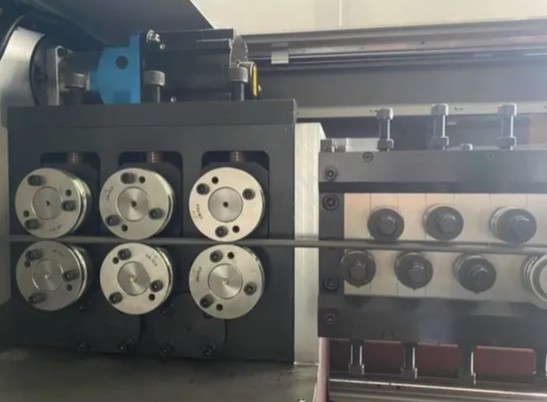 Precision Engineered: Unlock New Potential with Advanced CNC Bending Machines
Precision Engineered: Unlock New Potential with Advanced CNC Bending Machines
Contact Us
Ma'anshan Guoao Heavy Industry Machinery Manufacturing Co., Ltd.


